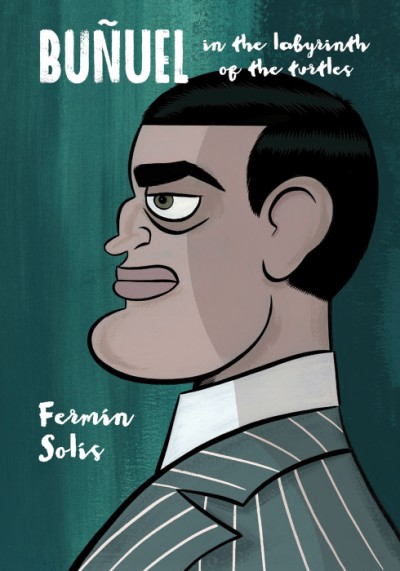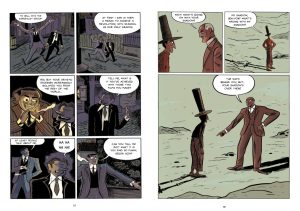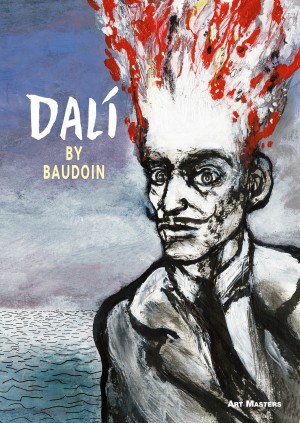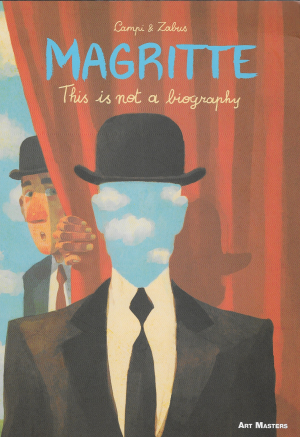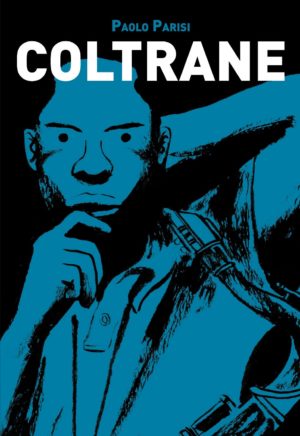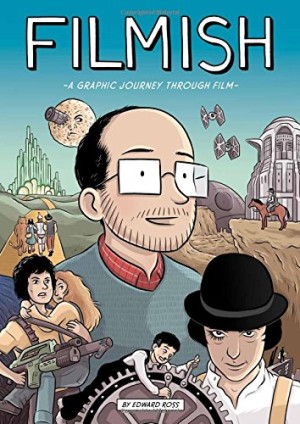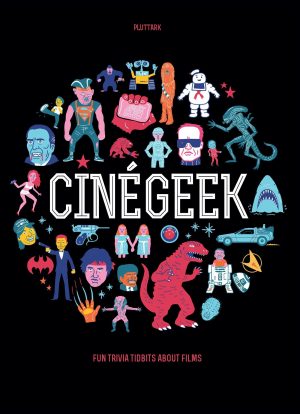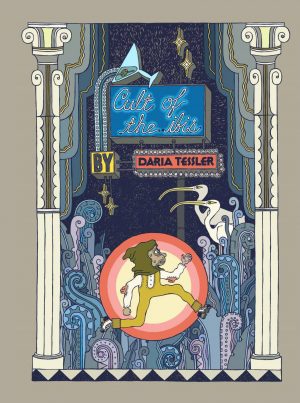Review by Graham Johnstone
Bunuel in the Labyrinth of the Turtles, puts the film director in fine company amongst British publisher SelfMadeHero’s graphic biographies.
Spanish born Luis Buñuel had a near fifty year film career, starting with 1929’s Un Chien Andalou, written with fellow Surrealist Salvador Dalí. For Buñuel in the Labyrinth of the Turtles, though, Fermin Solis focusses on the director’s less famous third film. Las Hurdes: Tierra Sin Pan (Land without Bread) is about a notoriously poor and isolated region of Spain. The film’s comparison of rooftops in Las Hurdes with turtle shells provides Solis’ book’s title.
The first of three parts is effectively a prologue, having the film director dreaming, so introducing a key inspiration for Surrealism. Part two is an extended conversation between the director and his artist/activist friend Ramón Acín, which supplies context to the director and his ideas, including why he wanted to make a film so apparently different from his previous ones. Finally, the third part follows Buñuel, Ramón and crew on location in Las Hurdes, providing a ‘making of the film’ documentary.
Part one’s sequence of floating eyes and mannequin legs poking out the ground, provides a beginners guide to Surrealist ‘dream logic’ – juxtaposition of incongruous elements to channel the unconscious. The chosen images, though, feel well-worn, and a missed opportunity to foreshadow emerging themes. Nevertheless, this introduction enables the final part’s more nuanced consideration of surrealism in practice, as Buñuel and crew make the film. The intervening part two is perhaps the most difficult, being a twenty page, apparently meandering, conversation. However, it’s full of fascinating insights, from their native Spain’s republican struggles, to America’s “boilerplate cinematic structures”, all of which push Buñuel towards las Hurdes.
The film’s subject matter, the wretched situation of the Hurdanos, holds a grim fascination, and the book adds details not captured in the film, like the stench of dwellings lacking sanitation. Solis also reveals the methodology behind the footage, like the use of candles, explaining the flickering indoor light in the celluloid version. Buñuel, knowing the hungry Hurdanos will eat their local mountain goats only if they die accidentally, shoots a scene involving a goat falling to its death. Solis reveals that Buñuel contrived this, believing the artifice justified by the powerful truth presented, which highlights an enduring ethical question for documentary-makers.
Solis depicts all this in a lively, expressive art style, with gently caricatured faces and sketchily evocative settings. He saves the discursive chapter two from being twenty pages of talking heads, by Luis and Ramón ‘talking’ with gestures, as they carouse through the former’s adopted home of Paris (pictured, left). Still, it’s a missed opportunity to insert flashback images to illustrate, say, scenes from Buñuel’s earlier films, or his conflicts with Dalí. The Hurdes chapter opens vividly with twelve ‘stills’ of the locals. Solis captures the weary, bemused faces in the film, but in a way unique to comics, showing them side-by-side, suggesting a montage of the community psyche. This final chapter occupies two-thirds of the book. It’s the most visually satisfying, with the discursive dialogue set against Las Hurdes’ parched landscapes and ramshackle buildings, and interspersed with surreal dream sequences (pictured, right), all contributing to a powerful final chapter.
While far from a traditional birth-to-death biography, the three parts effectively form a ‘year-in-the-life’ biography. Despite missed opportunities, it convincingly answers the essential biographical questions of ‘who is Luis Buñuel: why and how did he make this film?’ In common with SelfMadeHero’s companion titles, like Andy, and Nick Cave, Buñuel: The Labyrinth of The Turtles illuminates an artist’s life in the spirit of their work.
